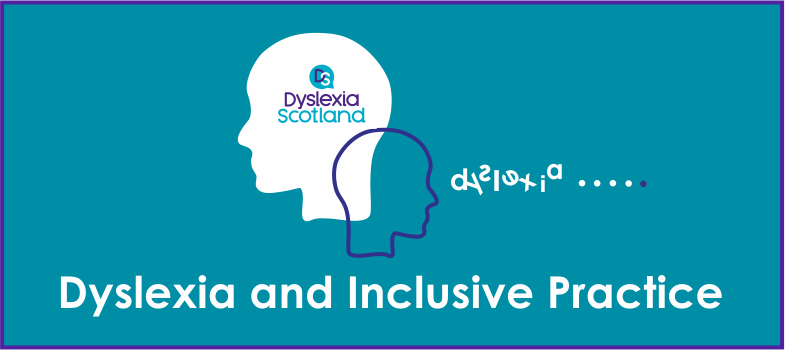2.1. Identification research

A range of different dyslexia definitions and approaches to identifying dyslexia are used across the world. The variations can be due to the range of different policies from education departments and national approaches such as a result of inputs from various stakeholders.
Understanding the range of factors which influence the various dyslexia definitions is helpful as it can explain why there may be a particular focus on one area. For example, if the definition is to support a specific area of research it may focus on this. Some definitions are very defined, e.g. The British Psychological Society focuses strongly on ‘word level’ difficulties and this is very evident in their definition below:
‘Dyslexia is evident when accurate and fluent word reading and/or spelling develops very incompletely or with great difficulty. This focuses on literacy at the word level and implies that the problem is severe and persistent despite appropriate learning opportunities.' (1999) Dyslexia, Literacy and Psychological Assessment, Report of the Working Party of the DECP of British Psychological Society (BPS)
As you are aware, in January 2009, the Scottish Government working group, which included Dyslexia Scotland and the Cross-Party Group on Dyslexia in the Scottish Parliament published the Scottish working definition of dyslexia. The aim of this particular definition is to provide a description of the range of indicators and characteristics of dyslexia as helpful guidance for educational practitioners, learners, parents/carers and others. This definition has been endorsed by the Association of Scottish Principle Educational Psychologists (ASPEP).
The literature review in Section 3, ‘Enquiry and Research’ of the Routemap [Tip: hold Ctrl and click a link to open it in a new tab. (Hide tip)] , has a number of papers which will support your professional development and enquiry in this area.
Below are 2 articles which discuss this issue.
There are a number of issues here that highlight what appears to be serious conceptual confusion in the field. These carve out an important agenda both for research and practice.
In order to consider what is at stake, it is helpful first to refer to the important theoretical framework proposed by Morton and Frith (1995; see also Morton, 2004). According to this framework, it is important when considering developmental disorders to separate the biological, the cognitive and the behavioural levels of explanation. Importantly, it is necessary to acknowledge that developmental disorders are dynamic and there are environmental interactions at all levels. So the behavioural manifestations of disorders, such as dyslexia, change with time, and also in different contexts – for example we would see different behaviours in a child taught to read in Italian or in one who received early intervention.
The phonological deficit theory of dyslexia, featured in the documentary, is a theory at the cognitive level. It explains a constellation of behaviours that are normally associated with dyslexia (short-term memory problems, word-finding difficulties, etc.). The phonological deficit theory is a well-specified, falsifiable theory that so far has not been refuted. What many respondents are upset about is that certain behaviours often associated with dyslexia are not explained by the theory – e.g. visual problems, problems of organisation and of motor control. Of course, it is correct that these behaviours often co-occur with dyslexia; they signal important co-morbidities. Why they do is poorly understood. Next steps must involve seeking both biological and cognitive explanations of these associated disorders so that ultimately we can begin to unpick what is dyslexia (the construct under threat), what is not dyslexia and why these behaviours co-occur so frequently. But, to gather everything under the umbrella of ‘dyslexia’ helps neither theory nor practice. As for the call for ‘cut-off points’ for ‘dyslexia’, we can as a profession agree criteria for extra time or a laptop computer, but it is meaningless to imagine quantitative criteria defining a dynamic developmental disorder.
University of York
https://thepsychologist.bps.org.uk/ volume-18/ edition-12/ dyslexia-debate-continues
Download the article Dyslexia by any other name
2. Understanding dyslexia
